Big in 2020: Röki explores the real and the fantastical with misunderstood monsters inspired by Scandinavian folklore
Polygon Treehouse co-founders Alex Kanaris-Sotiriou and Tom Jones guide us through the wintry world of Röki
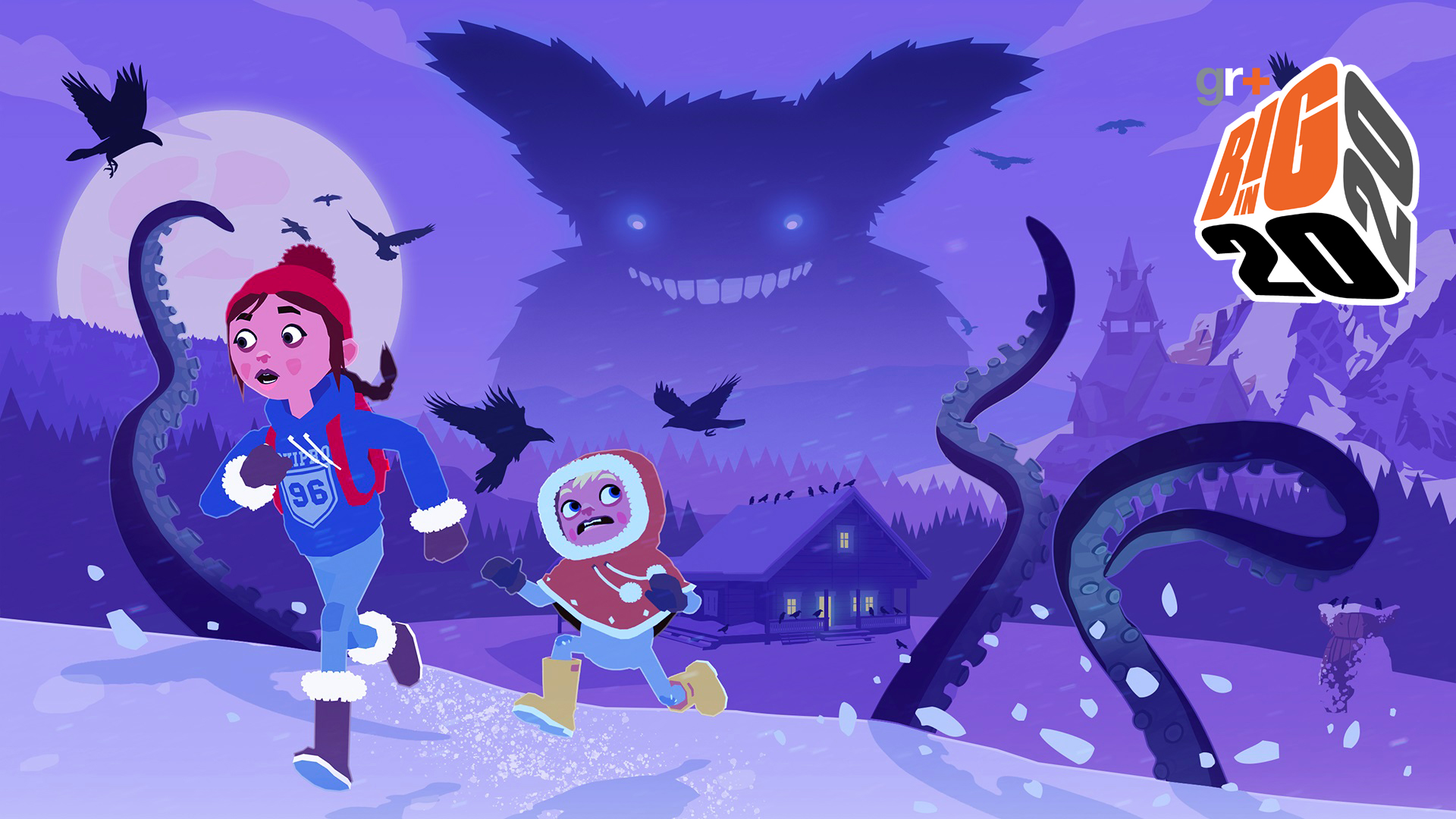
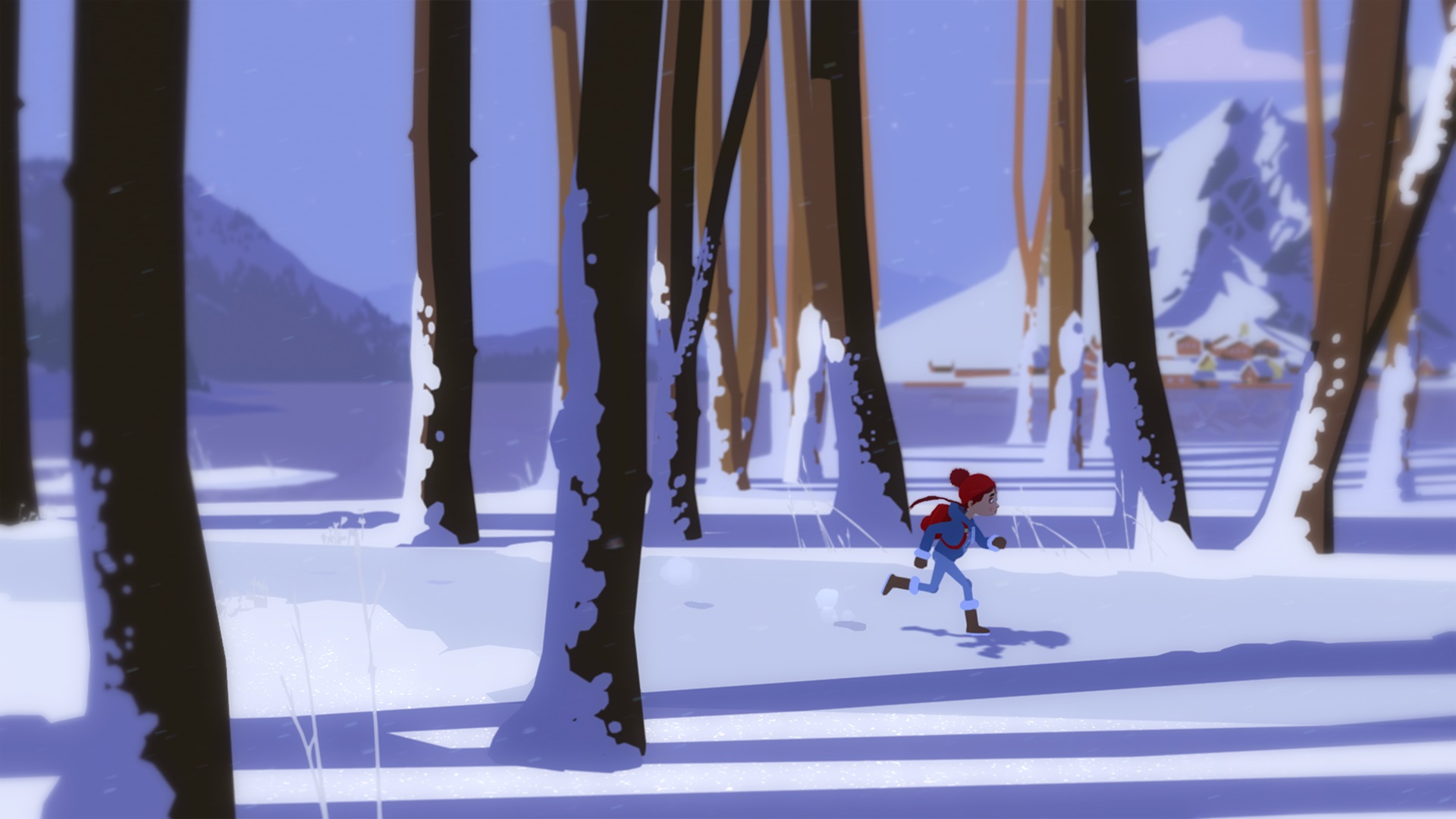
Game Röki
Developer Polygon Treehouse
Publisher United Label
Platforms PC, Nintendo Switch
Release July 23, 2020 (PC)
Polygon Treehouse is setting out to make the real and the fantastical meet in Röki, a 3D adventure filled with exploration, puzzles, and misunderstood monsters. Set against the backdrop of a snowy wilderness and inspired by Scandinavian folklore, you play as a young girl called Tove who is out to find her brother after he gets taken by the game's namesake – a big monster called Röki.
"So it’s like how the film Jaws is named after the shark. Our game is named after the big monster," Polygon Treehouse co-founder and art director Alex Kanaris-Sotiriou jokes over video call. "As well as exploring the Scandinavian wilderness and meeting all these misunderstood monsters, it's also the story of Tove's family, which is a bit broken. It's this kind of collision of the fantastical and the real, the 'human'. So there's two strands to the story."
Puzzling monsters
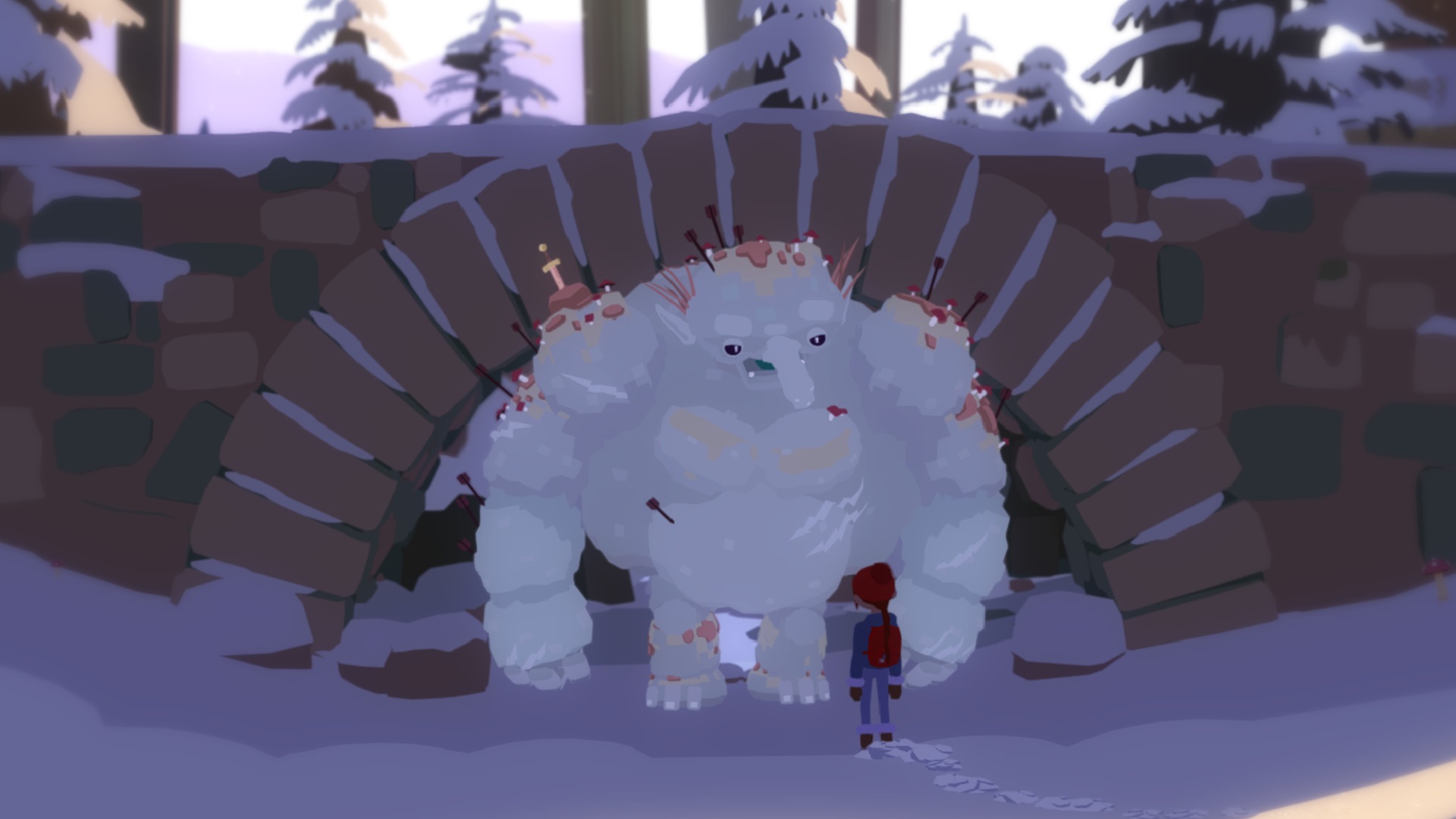
"She’s [Tove] kind of got a slightly dark past. There’s been family tragedy, and that has, I guess, influenced the family setup you find when you start the game," fellow co-founder and art director Tom Jones adds. "It’s not clear what has happened, and so, as you play the game, part of the journey for Tove is to find her brother, but also to make peace with what has happened, and to give herself the strength and the courage to see it through. So the story kind of weaves in and out of her kind of physical journey to reach the climax of trying to find and rescue her brother. And alongside that, there’s also the story of Röki, and why he is the way he is as well."
As you journey across the snowy landscape to find Lars you'll encounter monsters in the wilderness who were all inspired by Scandinavian folklore, and exploring their side of the story is a big part of Röki's appeal. "It’s not really the gods; it’s more the creepy monsters that live in the forest and the lakes and the caves, and all the recesses," Kanaris-Sotiriou explains. "When we were first looking to Scandinavian folklore, they were the things that really captured our imagination and got us really excited, because they were so odd and weird and beguiling to us."
As Jones tells me, Roki isn't strictly linear, and much of the story is told through exploration and discovery. You'll learn that each creature has some kind of problem that you can help them solve, some may be cursed, for example, while others may be suffering from some type of affliction. In my time with the game, I encountered a troll with a dagger stuck in her shoulder who, as a result, was quick to mistrust Tove. It was only by interacting with the troll and offering to help that I came to learn of the circumstances behind the situation – a human hurt the creature with the dagger.

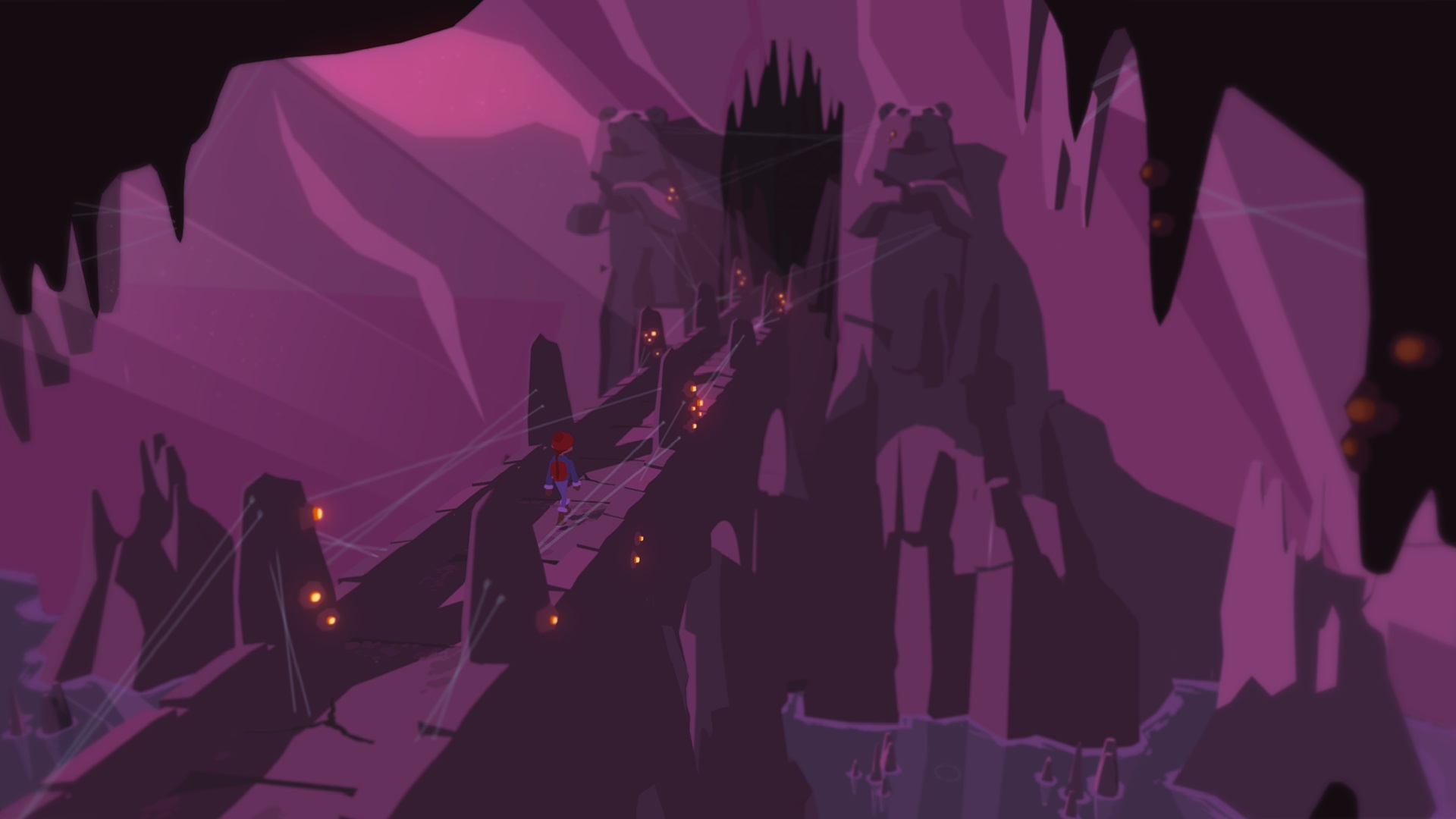
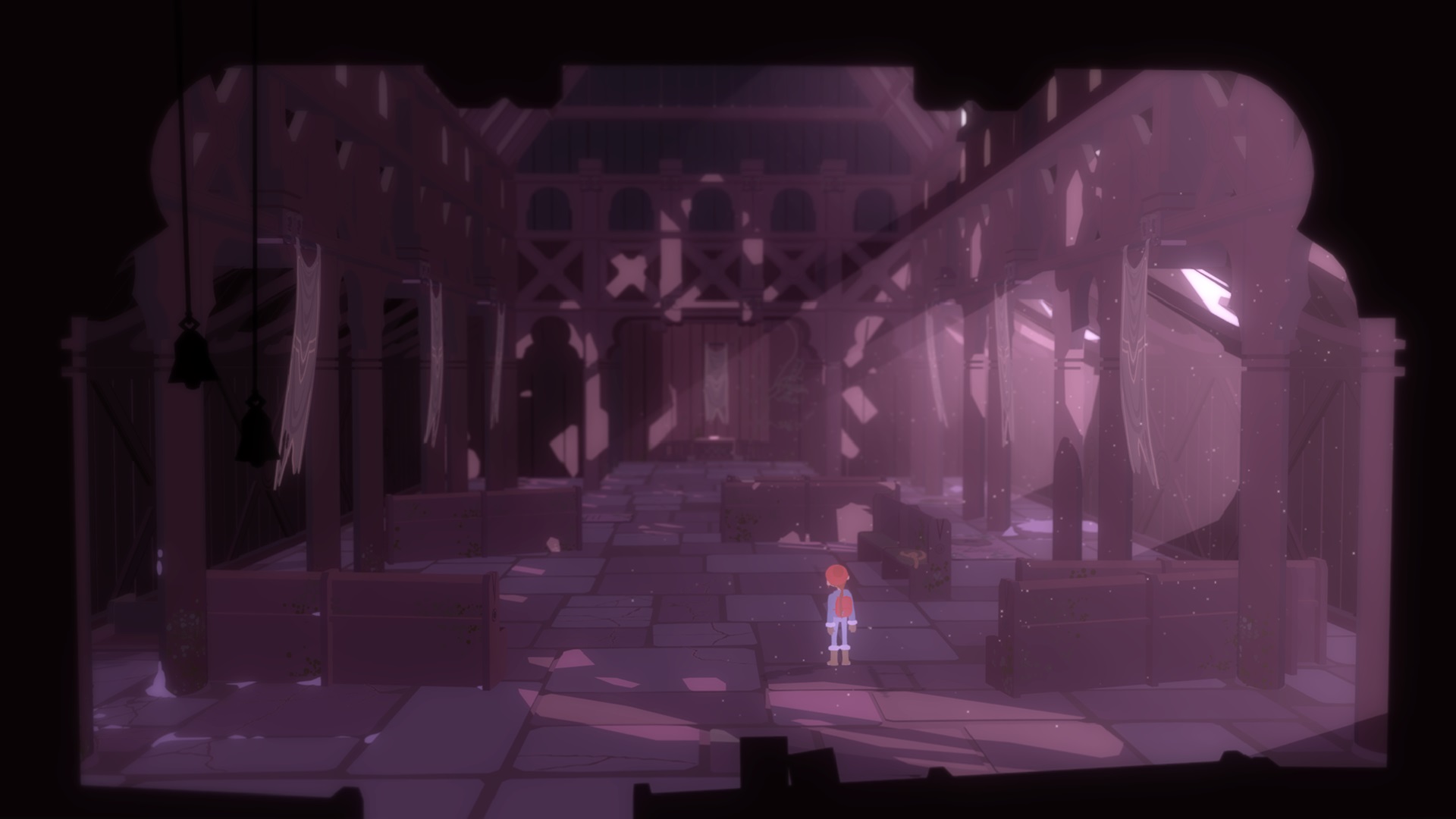
All the monsters in the game, all the characters, we’ve tried to give them some depth. It just makes it interesting, and it gives the story some texture. And there are some nice ways that we can reflect on what’s happening with Tove’s family, and there are some relationships that almost mirror the monster kingdom.
Alex Kanaris-Sotiriou
The troll, it would seem, is more afraid of you than you are of it. Röki plays around with the nature of what it means to be a "monster", inspired by fairy tales that tend to surround unassuming children in unusual situations and extraordinary creatures. The studio wanted to build Röki around the idea of seeing the world from the perspective of a young person, one who doesn't yet have preconceived ideas or judgments about the things they encounter. "We really like this idea that you see the world through their eyes, and they’ve got a different perspective, because they’re not biased against other things, they don’t have these kind of built-in processes that you get throughout life, which is obviously very topical at the moment," Jones explains.
As a result of this thinking, the monsters themselves are the puzzles you'll need to solve to progress through Röki. "Rather than the monster being a periphery to this puzzle you’re trying to solve, the monster in itself becomes this puzzle box you’ve got to try to unlock," says Kanaris-Sotiriou, "which I think is a really nice way of having storytelling in the gameplay, rather than in cutscenes. This is something we’re very keen on, mostly because when we were doing some other games we had to spend a lot of time doing: cut scene, cut scene, cut scene."
Weekly digests, tales from the communities you love, and more
Having first met at University, both Jones and Kanaris-Sotiriou have worked with Sony and Guerrilla Cambridge as art directors. It's this experience building first-person shooters that helped shape Roki into the game that it is today, with many of its ideas fuelled by a desire to do something different creatively. "We also really liked – because we’re more seasoned in years now, and we’ve been in the industry for a little while – we really like the idea of making a non-violent game."
A "palette cleanser"

Much of the game's core game design and art direction stems from that desire to create a non-violent, modern-day fairytale. As a result, Roki has a vibrant storybook-esque visual aesthetic – the type of art design that immediately draws the eye. This was primarily created, not only because it looks wonderful, but as a way of providing a counterweight to the somewhat heavy nature to the story and themes that permeate through the game.
"One of the things we were very wary of – as we’ve said, we wanted this quite interesting story to sit alongside it [the world of Roki] – what we didn’t want to do is then have a very sombre, dark world as well, because we felt that that would become too heavy," Jones explains. "So part of the style choice was to make something accessible and colourful, a place that people would want to be. That actually then allows us to have this slightly heavier narrative without it becoming too overwhelming. Tove, herself, is actually quite upbeat, and deals with these things very well."
As well as aiming to create an appealing landscape for players to journey through and discover, the design and look of the game was determined from a practical perspective, too. The duo pushed to found Polygon Treehouse following the closure of Guerrilla Cambridge in 2017, and were keenly aware of the personnel and resource limitations it would have to grapple with as an independent studio.
"We knew we wanted to make a big adventure with lots of locations, different creatures and monsters – but we knew we weren’t going to be able to use a similar art style to the ones we’d been employing on PlayStation 4 or 3 or PlayStation VR," Kanaris-Sotiriou tells me. "You know, the more realistic stuff, just because of the amount of time it would take to create anything. So that was kind of one aspect of coming up with the art style – it was with a production hat on. So it was like: 'Our limitations are: we don’t have a huge team, but we know we want this world. So how are we going to do it?'"

Kanaris-Sotiriou tells me that the team decided to remove traditional texturing from Röki, as well as traditional lighting – two time-intensive processes on a big-budget project that Polygon Treehouse simply didn't have the time or resources to indulge in. As a result, the studio settled on the distinctive, flat-shading style of Roki.
"So being an artist, it’s a really fascinating challenge. And I do all the character animation. So from an animation point of view, it’s great, because it’s much quicker to create our world, and we can then lavish more time on making it move. And because it’s more stylised, we can make things squish and just do interesting things, and lots of in-camera tricks."
Röki is an example of what can happen when creative ambition, industry experience, and resource limitations collide. Polygon Treehouse set out to create a modern take on the classic fairy tale adventure, with its unique visual aesthetic initially drawn out of necessity but ultimately helping to establish its unique style and feel. Röki is set to introduce us to its lovely cycle of encountering monsters and helping them heal on July 23, and that's an aspect of the game's design that Kanaris-Sotiriou believes will meet the moment we're all in right now perfectly. "With everything going on, it’s actually really nice to have a game that has an undercurrent of kindness... I think it’s probably good for our souls."
GamesRadar+ is exploring the games that are helping to shape 2020. For more, click through to our Big in 2020 coverage hub.

I started out writing for the games section of a student-run website as an undergrad, and continued to write about games in my free time during retail and temp jobs for a number of years. Eventually, I earned an MA in magazine journalism at Cardiff University, and soon after got my first official role in the industry as a content editor for Stuff magazine. After writing about all things tech and games-related, I then did a brief stint as a freelancer before I landed my role as a staff writer here at GamesRadar+. Now I get to write features, previews, and reviews, and when I'm not doing that, you can usually find me lost in any one of the Dragon Age or Mass Effect games, tucking into another delightful indie, or drinking far too much tea for my own good.


